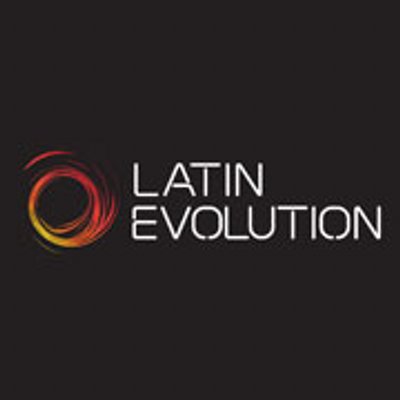Homo sapiens, (Latin: “wise man”) the species to which all modern human beings belong. Homo sapiens is one of several species grouped into the genus Homo, but it is the only one that is not extinct.

Enjoy the benefits of our CWE Trade Pack. Learning to use our products is simple and easy. Trade in YOUR exchange with a limit of up to $2.500!




We specialise in latin american and ballroom dance lessons. We offer private lessons, group classes, wedding packages, entertainment for functions etc.

Etymology. Neocortex is Latin for “new bark” or “new rind”.Neopallium means “new mantle” and isocortex means “equal rind”.. Anatomy. The neocortex is the most developed in its organisation and number of layers, of the cerebral tissues.

What are the origins of the English Language? The history of English is conventionally, if perhaps too neatly, divided into three periods usually called Old English (or Anglo-Saxon), Middle English, and Modern English.
The Evolution of Man Mathematically Disproved. INTRODUCTION. Let it be understood, at the outset, that every proved theory of science is to be accepted.
Human evolution is the evolutionary process that led to the emergence of anatomically modern humans, beginning with the evolutionary history of primates – in particular genus Homo – and leading to the emergence of Homo sapiens as a distinct species of the hominid family, the great apes.
The Evolution of the English Alphabet Chart shows how over the last 4000 years the English alphabet along with at least 13 other major alphabets has evolved (o…

Understanding Evolution: History, Theory, Evidence, and Implications. By – March 5, 2006 Updated – May 2, 2006. Index. Introduction; Origin Mythology; Mesopotamian and Mediterranean Origin Belief

